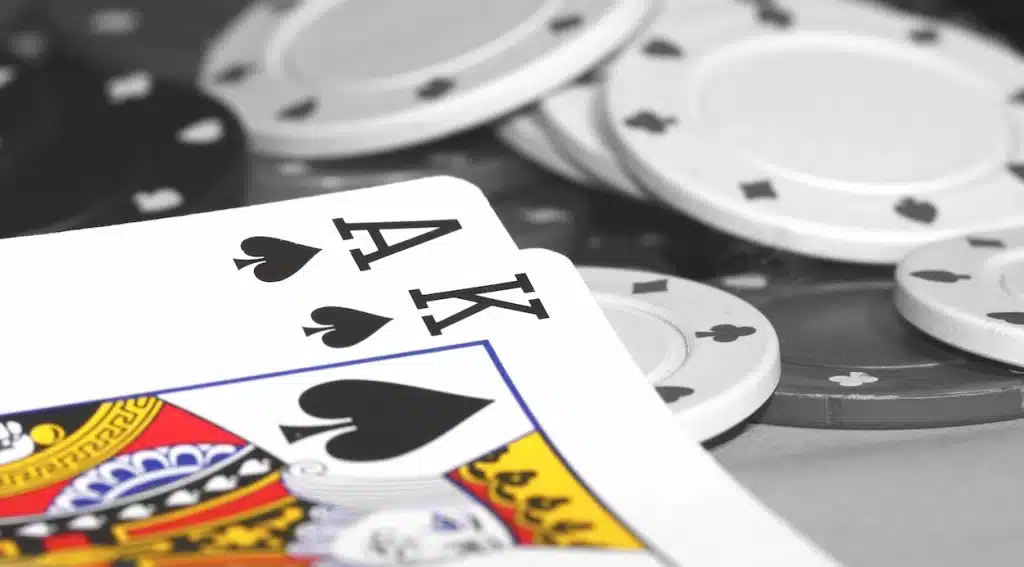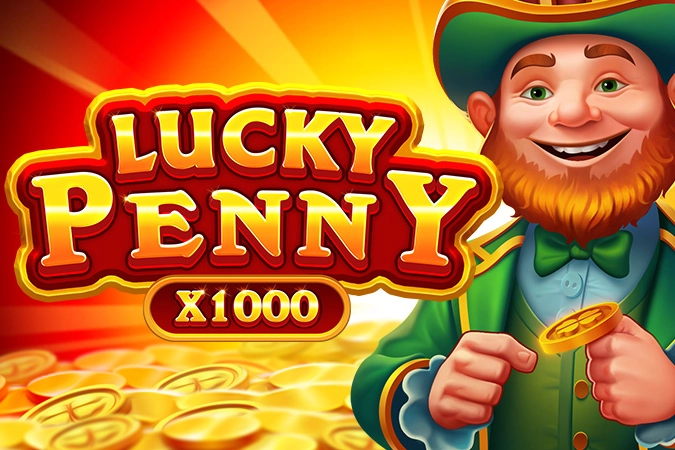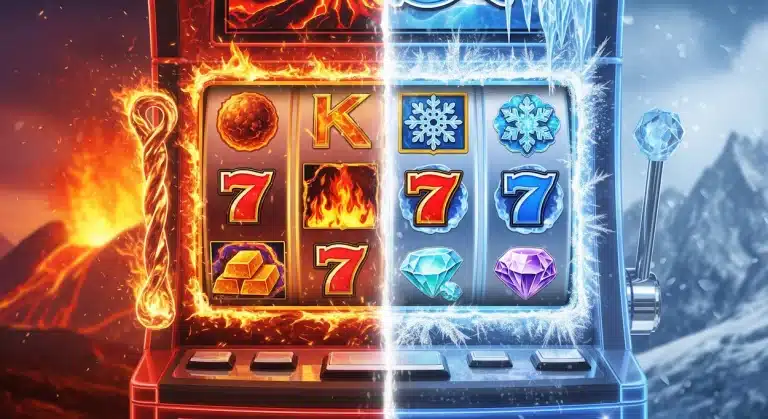Blackjack has been one of the most popular casino card games for decades, and part of its appeal is that it’s not purely a game of chance. With the right approach, players can reduce the house edge to almost nothing. That’s where basic strategy comes in. Basic strategy is a mathematically proven set of rules that tells you the best decision to make in every possible situation—whether to hit, stand, double, or split—based on your cards and the dealer’s upcard.
The goal of this strategy isn’t to guarantee a win every hand (no strategy can do that), but to maximize your chances of winning over the long run by minimizing costly mistakes. Every card combination has been studied using computer simulations, and the results have been distilled into an easy-to-follow chart. Learning to use this chart is the single most effective way to improve at blackjack without having to count cards.
This version of the chart assumes common rules: multiple decks (usually six to eight), the dealer stands on soft 17 (S17), and players can double down after splitting (DAS). Different casinos may tweak these rules, which can shift the correct plays slightly, but this framework works as a strong baseline for most games you’ll encounter.
The chart is also color-coded for quick reference:
- Blue = Hit
- Green = Stand
- Orange = Double
- Red = Split
Just match your hand on the left side with the dealer’s card along the top, and the grid shows you the statistically optimal move. For example, if you’re holding 16 against a dealer’s 10, the chart suggests hitting—even if it feels risky—because the math shows it loses less in the long run than standing.
There are a few simple rules of thumb that players can remember even without looking at the chart:
- Always split Aces and 8s
- Never split 10s or 5s
- Avoid insurance bets, as they don’t provide good value
Over time, these moves will become second nature, and you’ll find yourself following basic strategy automatically without needing to check the chart.
🃏 Blackjack Basic Strategy Grid
Rules assumed: 6–8 decks, dealer stands on soft 17 (S17), doubling after split allowed (DAS). Actions assume doubling is available; if not, take the next-best action shown (usually Hit or Stand).
| Your Hand ▼ / Dealer Upcard ▶ | 2 | 3 | 4 | 5 | 6 | 7 | 8 | 9 | 10 | A |
|---|---|---|---|---|---|---|---|---|---|---|
| Hard Totals | ||||||||||
| 5–8 | Hit | |||||||||
| 9 | Hit | Double | Double | Double | Double | Hit | Hit | Hit | Hit | Hit |
| 10 | Double | Double | Double | Double | Double | Double | Double | Double | Hit | Hit |
| 11 | Double | Double | Double | Double | Double | Double | Double | Double | Double | Hit |
| 12 | Hit | Hit | Stand | Stand | Stand | Hit | Hit | Hit | Hit | Hit |
| 13 | Stand | Stand | Stand | Stand | Stand | Hit | Hit | Hit | Hit | Hit |
| 14 | Stand | Stand | Stand | Stand | Stand | Hit | Hit | Hit | Hit | Hit |
| 15 | Stand | Stand | Stand | Stand | Stand | Hit | Hit | Hit | Hit | Hit |
| 16 | Stand | Stand | Stand | Stand | Stand | Hit | Hit | Hit | Hit | Hit |
| 17+ | Stand | |||||||||
| Soft Totals (Ace = 11) | ||||||||||
| A,2 | Hit | Hit | Hit | Double | Double | Hit | Hit | Hit | Hit | Hit |
| A,3 | Hit | Hit | Hit | Double | Double | Hit | Hit | Hit | Hit | Hit |
| A,4 | Hit | Hit | Double | Double | Double | Hit | Hit | Hit | Hit | Hit |
| A,5 | Hit | Hit | Double | Double | Double | Hit | Hit | Hit | Hit | Hit |
| A,6 | Hit | Double | Double | Double | Double | Hit | Hit | Hit | Hit | Hit |
| A,7 | Stand | Double | Double | Double | Double | Stand | Stand | Hit | Hit | Hit |
| A,8 | Stand | Stand | Stand | Stand | Stand | Stand | Stand | Stand | Stand | Stand |
| A,9 | Stand | Stand | Stand | Stand | Stand | Stand | Stand | Stand | Stand | Stand |
| Pairs (After Split Doubling Allowed) | ||||||||||
| 2,2 | Split | Split | Split | Split | Split | Split | Split | Hit | Hit | Hit |
| 3,3 | Split | Split | Split | Split | Split | Split | Split | Hit | Hit | Hit |
| 4,4 | Hit | Hit | Split | Split | Hit | Hit | Hit | Hit | Hit | Hit |
| 5,5 | Double | Double | Double | Double | Double | Double | Double | Double | Hit | Hit |
| 6,6 | Split | Split | Split | Split | Split | Hit | Hit | Hit | Hit | Hit |
| 7,7 | Split | Split | Split | Split | Split | Split | Hit | Hit | Hit | Hit |
| 8,8 | Split | Split | Split | Split | Split | Split | Split | Split | Split | Split |
| 9,9 | Split | Split | Split | Split | Split | Stand | Split | Split | Stand | Stand |
| 10,10 | Stand | Stand | Stand | Stand | Stand | Stand | Stand | Stand | Stand | Stand |
| A,A | Split | Split | Split | Split | Split | Split | Split | Split | Split | Split |
Quick tips: Avoid insurance; always split Aces & 8s; never split 10s or 5s. If house rules differ (e.g., dealer hits soft 17, no DAS, single-deck), the optimal chart changes slightly.
Whether you’re playing casually at home, online, or in a live casino, keeping this cheat sheet nearby is one of the smartest ways to improve your game. The difference between guessing and playing by the chart is huge—it can shrink the house edge from around 2% down to about 0.5%. That may not sound like much, but in blackjack every fraction matters. Mastering the strategy grid is one of the best steps toward playing like a pro.







